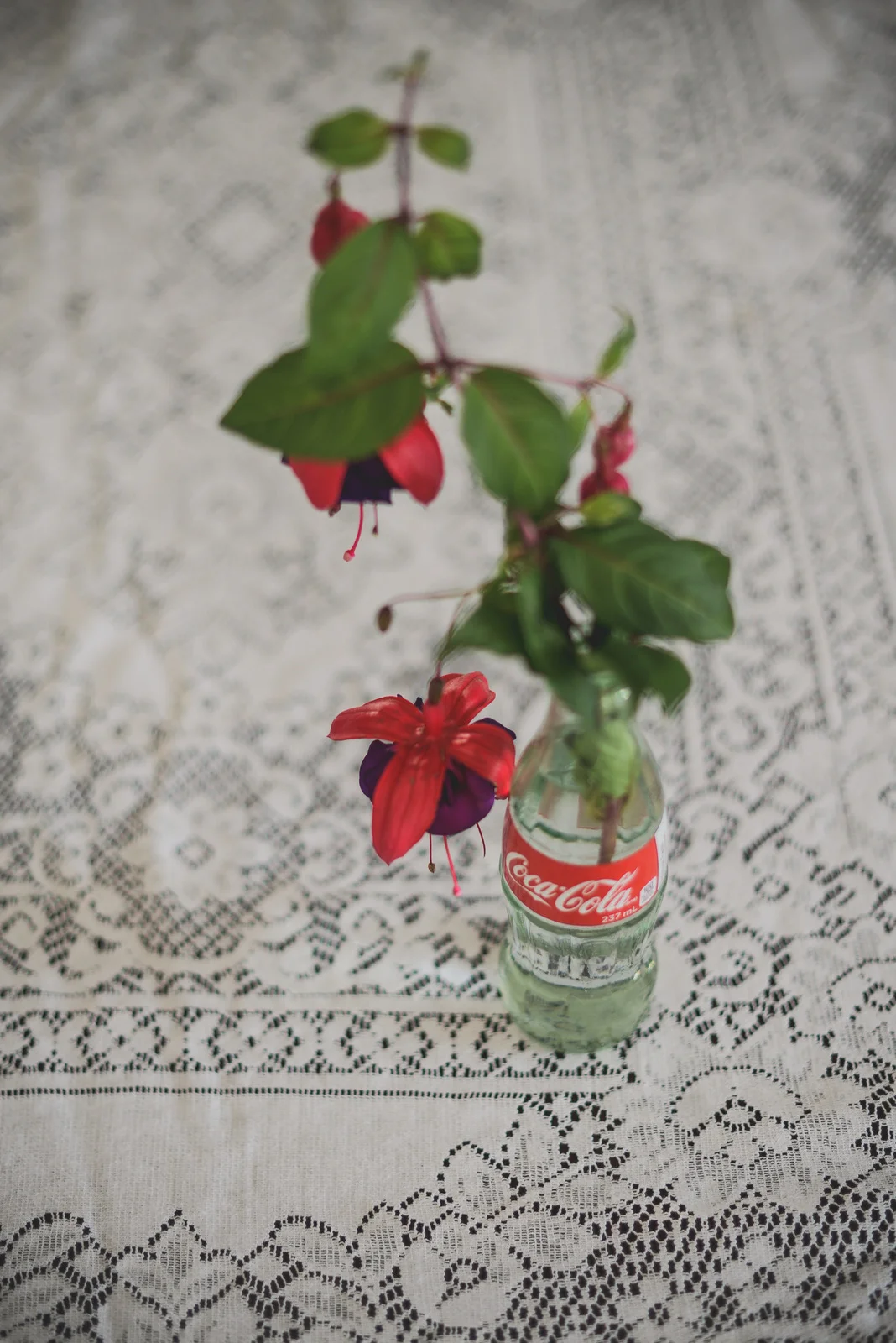The Fate of Others
It’s interesting how one thing, one book, one poem, leads to another. I was reading George Oppen’s “Of Being Numerous” on The Poetry Foundation, which begins:
“There are things
We live among ‘and to see them
Is to know ourselves.’
And this led me to my bookshelf because it reminded me of moments in Susan Griffin’s work. The Eros of Everyday Life and A Chorus of Stones have been with me for a long time now. Foolishly, I lost track of her as an author. I don’t know why. But it seems her work is especially relevant to these times. She has a website, and books I’ve not read, so I’ll be tracking those down. But in the meantime.
From the title essay in The Eros of Everyday Life:
“If we could change a habit of mind that has become destructive we must revise the social architecture of our thought.”
“Yet this is the only hope for the familiar world we cherish. Not only Bach’s Magnificat, Sappho’s lyric, the stories of Coyote, the smooth surface of marble columns, the shape of piazzas, the sound of John Coltrane, or a golden sculpture of the Buddha reclining, the fate of everyone, everything we love, but the fate of that subtle weave that holds it all, giving each of us eyes, ears, heart, mind, and breath, rests on the question. Can we rise to ourselves and see what is in the nature of the soul to see – that we exist on this common ground together?”
“Can we rise to ourselves and see what is in the nature of the soul to see – that we exist on this common ground together?”
In A Chorus of Stones, Griffin explores “the private life of war.” I can’t help but think of the consequences our time will have on future individuals, on their private life. Griffin says,
“I have come to believe that every life bears in some way on every other. The motion of cause and effect is like the motion of a wave in water, continuous, within and not without the matrix of being, so that all consequences, whether we know them or not, are intimately embedded in our experience.”
In contemplating some images of children in war, Griffin asks,
“But is one ever really free of the fate of others?”
The fate of children being torn from their mothers’ arms at the border is also our fate.
I look at the objects on my kitchen table, in my ordinary life. The human gesture of putting a flower or some small pretty weed or plant in a vessel of some sort. How this simple ordinary moment is denied to so many. And I wonder, how are we to know ourselves? What is our fate? What is the fate of the children?
When I read Susan Griffin in the 90s, I think I thought that these books were a sign that we had evolved, somehow. That we were moving forward in time, collectively.
Are we now moving backward, so that we can again move forward? This is really the only thought that holds me together, and honestly, it’s not even doing that.








